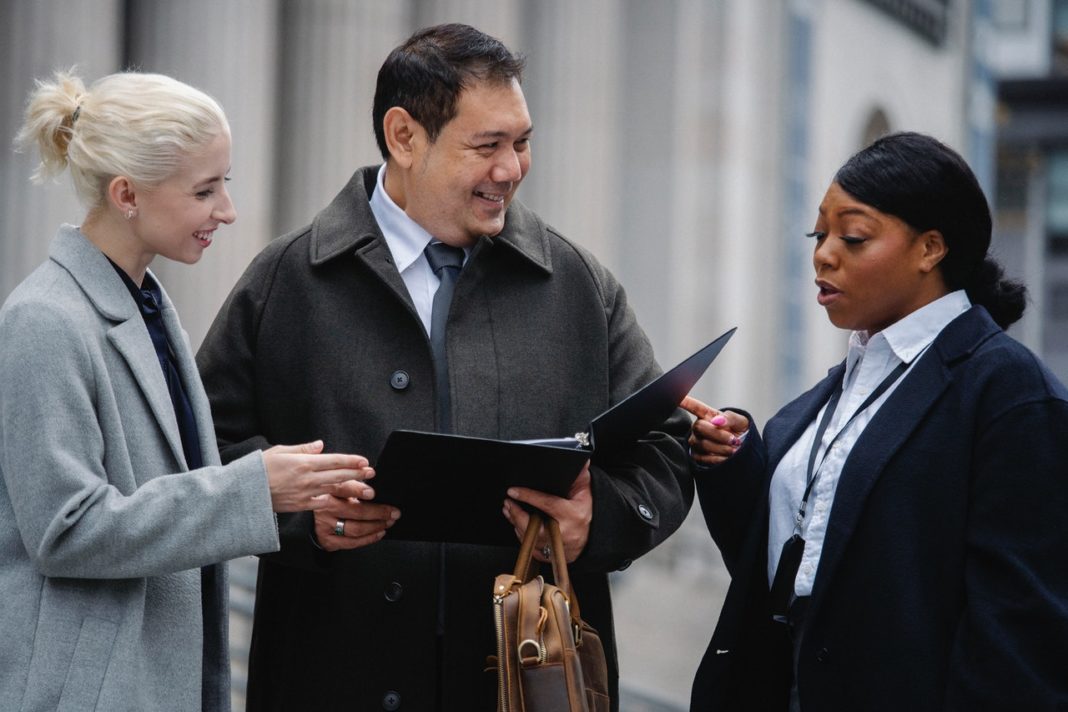Los Angeles in California is famous for its top movie studios such as Paramount Pictures, the iconic Hollywood sign, Walk of Fame, and its rich cultural diversity. But with the increase in population and vehicles in the Hollywood hub, pedestrians are becoming prone to deadly accidents. Take, for instance, Westlake, a residential and commercial neighborhood, where around 90 people found themselves hit by cars in 12 years. According to an analysis, nearly a quarter of the city’s accidents occur at the intersections. The most dangerous crossings, which witness a high rate of pedestrian accidents, are located between Hollywood and downtown Los Angeles. Hiring a Los Angeles Pedestrian Accident Lawyer is your surest and safest way of fighting for justice, claiming the compensation you deserve, and ensuring you receive the full benefits of the law. Even though your lawyer will handle the entire process, here are some regulations regarding pedestrians in Los Angeles that you ought to know.
When is the driver liable for the accident?
California and Los Angeles have clearly defined laws and rules regarding road traffic. According to one of these, it is the driver’s responsibility to reduce their vehicle’s speed for a pedestrian crossing at a corner, regardless of where it might be situated. The California Driver Handbook, in Section 14, also states that drivers must not drive on sidewalks and must respect the people’s right to cross the road safely. If pedestrians make eye contact, they are ready to cross the road, and the driver must allow them to do so safely. The California Vehicle Code 21950 also directs drivers to give walkers the right of way in marked and unmarked crosswalks. If a car approaches a crosswalk, the driver must mandatorily reduce its speed to ensure the person’s safety. If a driver fails to observe these rules and regulations, the law will find them liable for the accident, and once your attorney establishes negligence, you will receive fair compensation.
Know about the comparative fault rules
California is a comparative fault state, where victims can recover damages even if they are 99% at fault for causing an accident. However, it had a contributory negligence standard in the past which refused an individual any compensation if they were even slightly at fault. The California Supreme Court replaced contributory negligence with comparative fault law in 1975. Your lawyer will ensure you receive the highest damage amount while defeating any attempts by the defendant to prove your liability for the accident as far as possible.
Statute of Limitations regarding pedestrian accidents
California considers all pedestrian accidents lawsuits as civil personal injury lawsuits. The California Code of Civil Procedure Statute 335.1 requires you to file a claim against the accused party within two years from the accident date. Failing to do so could result in the court dismissing your claim. The maximum limit for filing a lawsuit against a government body, employee, or agency is six months. Your attorney will file the claim within the stipulated time while following the required procedures.
What to do after an accident?
After being involved in an accident, the first thing you should do is call 911 and your attorney. Even if your injuries aren’t severe, you must visit a doctor right away to receive the treatment you require. If your physical condition permits you, it is advisable to collect the driver’s contact number, license number, license plate number, and witness information (if any), besides other related information. You should share this information with your attorney as soon as you meet them after the accident because it will act as solid evidence when they prove the driver’s negligence. Your attorney will also contact your insurance company after receiving treatment for your injuries to get claims on damages.
Having a Los Angeles Pedestrian Accident Lawyer by your side will ensure you receive fair treatment and compensation for the mental and physical suffering. You will require their expert help in each step for filing claims, proving negligence, court negotiations, and other processes.









